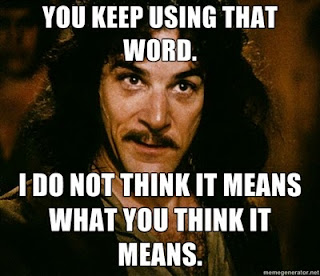LIFE IS AN OCCUPATIONAL HAZARD

There’s a bug going around town. The wife is a school teacher and has been fighting a bad cough and low-grade fever for the past week. I’ve opted to sleep on the couch, to try to hold it off. That and a lot of Lysol seems to be doing the trick so far. Some on the office staff had kids home from school this week due to similar symptoms. While we haven’t had the dramatic weather fluctuations that a lot of the rest of the country has seen in the past few months – with extremes of warm and colder days – we have seen some unusually cooler days later into April and a very active allergy season. The air in an old building and no ability to open a window (on those rare days when it’s cool enough to do so) doesn’t help in knowing if it’s a cold, a virus or allergies. By 3pm today, I found myself as literally the last person standing in the office. The rest had succumbed to the bug. Either that or found this a good excuse f...

